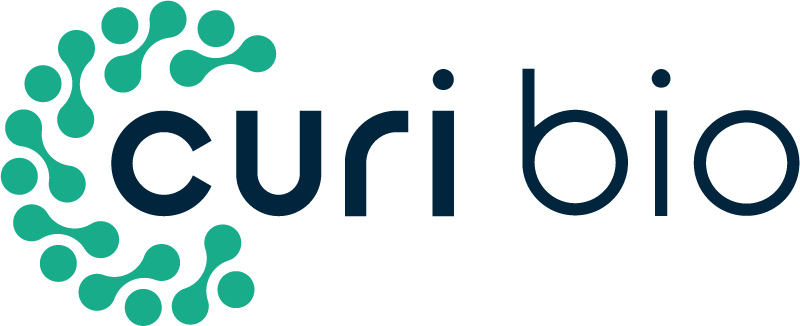Nanotopography-Guided Tissue Engineering and Regenerative Medicine
Hong Nam Kim, Alex Jiao, Nathaniel S. Hwang, Min Sung Kim, Do Hyun Kang, Deok-Ho Kim, Kahp-Yang Suh (1) – (1) Seoul National University
Abstract: Human tissues are intricate ensembles of multiple cell types embedded in complex and well-defined structures of the extracellular matrix (ECM). The organization of ECM is frequently hierarchical from nano to macro, with many proteins forming large scale structures with feature sizes up to several hundred microns. Inspired from these natural designs of ECM, nanotopography-guided approaches have been increasingly investigated for the last several decades. Results demonstrate that the nanotopography itself can activate tissue-specific function in vitro as well as promote tissue regeneration in vivo upon transplantation. In this review, we provide an extensive analysis of recent efforts to mimic functional nanostructures in vitro for improved tissue engineering and regeneration of injured and damaged tissues. We first characterize the role of various nanostructures in human tissues with respect to each tissue-specific function. Then, we describe various fabrication methods in terms of patterning principles and material characteristics. Finally, we summarize the applications of nanotopography to various tissues, which are classified into four types depending on their functions: protective, mechano-sensitive, electro-active, and shear stress-sensitive tissues. Some limitations and future challenges are briefly discussed at the end.
Keywords: Nanotopography, Tissue engineering, Regenerative medicine, Biomaterials, Cell–material interface
Materials & Methods: The controlled microenvironment is intended for elucidating or guiding the expression of cellular functions. To address this controllability, a great number of fabrication methods have been introduced in the last few decades. Since many reviews are currently available for numerous fabrication methods [42], [43], [44], [45], [46], [47], [48] and [49], we will focus on the methods that deal with synthetic polymers and their related fabrication techniques. Some fabrication methods described in this section are still valid for the structuring of natural polymers.
Microscopic Technique: Atomic Force Microscopy, Scanning Electron Microscope
Cell Type(s): Endothelial Cells, Muscle, Neurons, Cardiac Tissue, Bone Tissue, Skin Tissue, Ligament Cells, Tendon Cells, Skeletal Muscle Cells, Blood Vessels
